
Ideas, strategies and tools to employ throughout the PBL process
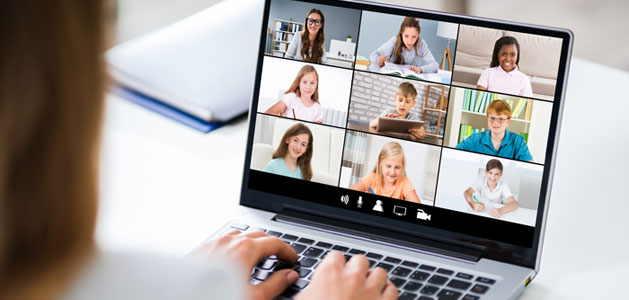
When students are remote, learning does not need to be rote. A project-based approach means that student learning connects to the world beyond the classroom. While we may not be able to work face-to-face, digital tools can help us connect to expertise, work together, and share our work with a global community.
From kick-off to celebration, from planning to reflecting, empowering students to use digital tools to explore their world, conduct research, and share their findings can help you make project-based learning even more engaging and powerful.
A PBL kickoff, or entry event, is easy to pull off remotely and is one of the most common places educators have already used a remote approach to connect students to the world beyond the classroom.
Authentic projects with connections beyond the classroom are hallmarks of a PBL approach. Teachers have been asking outside guests and experts to join a classroom via Skype for years now. You can even search for an expert through the Skype in the Classroom website.
With quarantine and the move to online video meeting tools, connecting with an expert in your classroom is less of a technology obstacle to overcome. Use your Personal Learning Network (PLN) connections for experts who might be willing and able to join your class. Reach out to local government agencies and nonprofits such as a local historical site or nature park. These docents are used to speaking with students and may be eager to connect virtually since so many sites are closed to field trips. Parents may also be another source of expertise for projects, whether from career experience or hobbies.
So many of my favorite lessons start with stories. If the story you are using for your kick-off comes from a book, read it aloud to your students when conducting face-to-face synchronous meetings. Many publishers allow you to record yourself reading and upload to YouTube or to your online Learning Management System (LMS) so that students can watch and listen asynchronously when doing their homework or reviewing when class is not on an active video call.
Virtual tours are common ways to experience historical sites, unique geography, and a range of plant and animal habitats. Google Earth not only lets you fly over a map, but includes many add-ons that let users interact with photos, videos, and information at a site. Harvard has created a virtual tour of Giza, and the NPS and Google have partnered to create a fun Hidden Worlds of the National Parks series. Type your topic and “virtual tour“ in a search engine to see if there is a tour you can use to inspire your students PBL exploration.
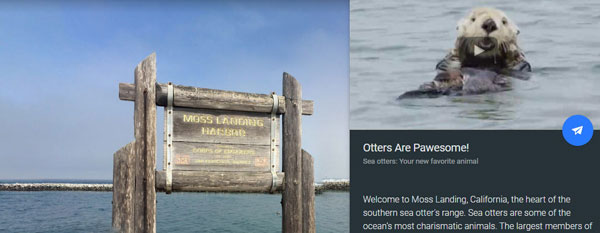
Virtual experiences can be used throughout the PBL process. But, if you are using them during the kickoff, find experiences that prompt students to ask questions, not answer them. While you can certainly ask students to take notes, answer questions, and reflect on their experience, a virtual tour is not a project. Use these experiences not as an end, but as a means to pique student’s curiosity and spark further inquiry.
Great PBL gets students asking lots of questions and brainstorming ideas and solutions. Whether they are generating ideas in response to a question or simply wondering in response to a kick-off event, you can use digital tools to support their brainstorming, individually and collaboratively, while they are in class or working remotely.
There are so many online and collaborative tools for ideation. If your site uses Google accounts, consider using a Jamboard for brainstorming. If your site uses Wixie, students can brainstorm individually or collaboratively using the Team feature. You can assign a cluster organizer to support ideation for students needing more support or ask students to create an idea web by adding text objects, painted artwork, and clip art images to a blank page.
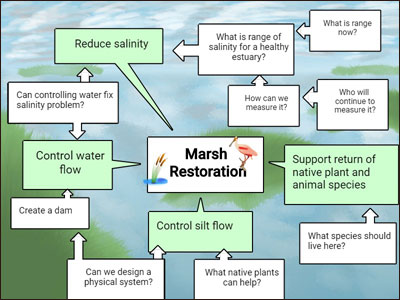
While individual brainstorming is a great way to engage introverted learners in the ideation process, a collaborative session contributes to bigger and better ideas. We collaborate because we have more perspectives, expertise, and can accomplish more than when we work individually. Having students collaborate during a brainstorm, where quantity over quality is desirable, creates an environment where students can take risks and form connections without the pressure of having to be right.
Monitoring student learning during PBL when students are working on different projects and at different stages of the process is a challenge even when you are face-to-face. When students are working remotely, it is essential to establish ongoing check-in points with artifacts of learning you can use for formative assessment purposes.
You and your students likely have procedures in place for in-class check-ins and you should be able to create these in digital form using tools you already have. Designing a digital worksheet to guide student research will provide information about student understanding. Promote deeper thinking and give students more agency by asking them to take notes on a blank page, identifying main ideas and supporting details on their own. A digital 3-2-1 exit ticket can also help you capture and record daily student progress.
Graphic organizers are a powerful tool to support student thinking and make it visible, both essential in a remote learning environment. You can complete KWL charts as a class or direct asynchronous (independent) work with an I See, I Wonder organizer.
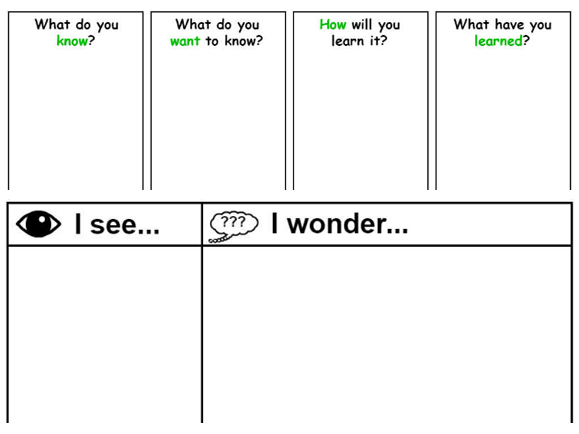
If students are looking to design a solution, students can use an empathy map to better understand their audience. A fact vs opinion organizer can help them determine the quality of ideas and information they are researching about an issue. A flowchart can help students to identify the steps in a process or organize the flow of their ideas and arguments for a report or presentation.
It is essential to listen to students as well, especially during this part of the process as students are processing information, flushing out their ideas, and planning solutions. Use the breakout room options in your video meeting tool to set up face-to-face meetings where students can more comfortably and easily talk to each other as well as provide a space for you to check-in on their progress. Ask open-ended questions to prompt discussion, disagreement, and elaboration so that student thinking also becomes audible.
Collaborative online tools like Wixie and GSuite make it easy to implement team projects in a remote environment. Many students are familiar with a peer editing process and have experience working together on presentations. Much of their experience with these processes in the classroom has already been digital and so using the same tools at home is easy.
The skills of effective teamwork, negotiation, and feedback should worry you more than the tools used for this purpose. Again, take advantage of comment and feedback options in the tools and monitor what students are communicating. Use a digital exit ticket with responses for content, project-management, and collaboration to spot problems while they are still small. Utilize breakout rooms within your online meeting tool to check-in on team progress and support conflict resolution.
Projects and products are not the only form student work can take. Students may also choose to perform a dramatization, dance, or musical composition. In some instances, one student may be the main performer with other students working on lyrics and composition or even choreography. Online meeting tools can also be set to display a larger version of the person speaking so that multiple students can individually speak as part of a larger dramatic play.
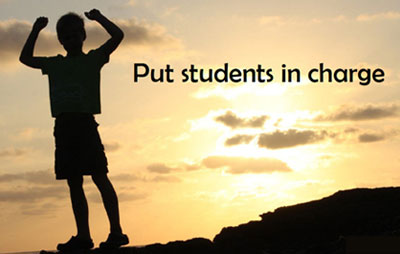
A project-based approach also means attempting to give students as much responsibility for success and progress as possible. While not every student is a technology wizard, it only takes one student to discover a new feature and show it off for the expertise to quickly spread to the entire class. Students, in general, have more time to explore technology options, so let them know it is their job to take the lead on what tools they will use and how they will create a project or performance that showcases team learning.
Projects are often presented to classmates as a culminating event, but today’s learners are “Zoomed-out” already. Digital tools provide authentic projects with so many more options for sharing, such as:
PBL’s connection to the world beyond the classroom provides an authentic audience already connected to student work. Invite this audience to benefit from student effort and thinking as well as learn from student expertise.
Reflection is a highly personal experience and doing the work remotely may actually be more comfortable and powerful. Reflection can also help you turn a presentation into a “presentation of learning” (POL).
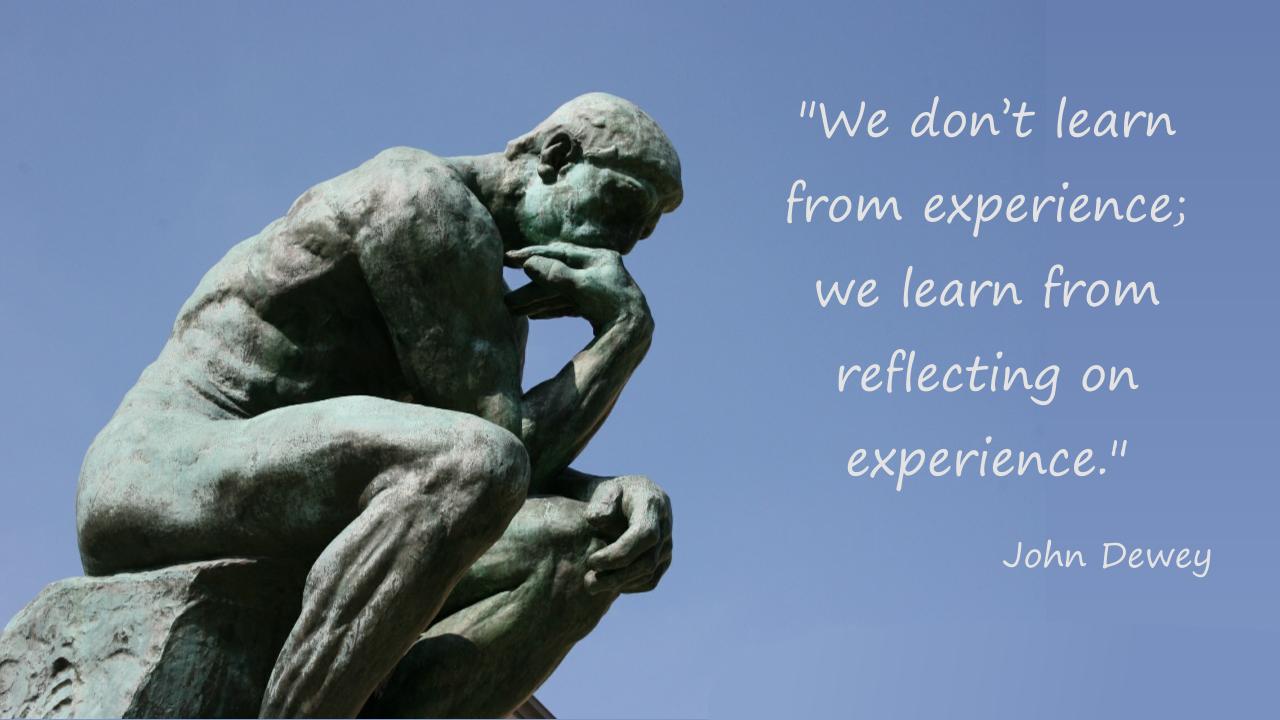
This isn’t to say that students don’t need to review and provide feedback on each other’s work, but self-assessment is where the most learning happens. Prompts like, “Share something you learned that we didn’t see in the final product or performance” can help students push their thinking.
The digital age is already providing tools to research, connect, think, create, and share online. A project-based approach asks students to do important and authentic work. Your learners are already “beyond the classroom walls” with quarantine. Use a remote approach to project-based learning remotely to make their work meaningful.
Creative Educator can help you bring project-based learning to your school.
Learn MoreFive ideas for creative classroom centers
Creative, digital book reviews
Fun and powerful ideas with animated characters

Wixie
Share your ideas, imagination, and understanding through writing, art, voice, and video.

Rubric Maker
Create custom rubrics for your classroom.

Pics4Learning
A curated, copyright-friendly image library that is safe and free for education.

Wriddle
Write, record, and illustrate a sentence.

Get creative classroom ideas delivered straight to your inbox once a month.
Topics